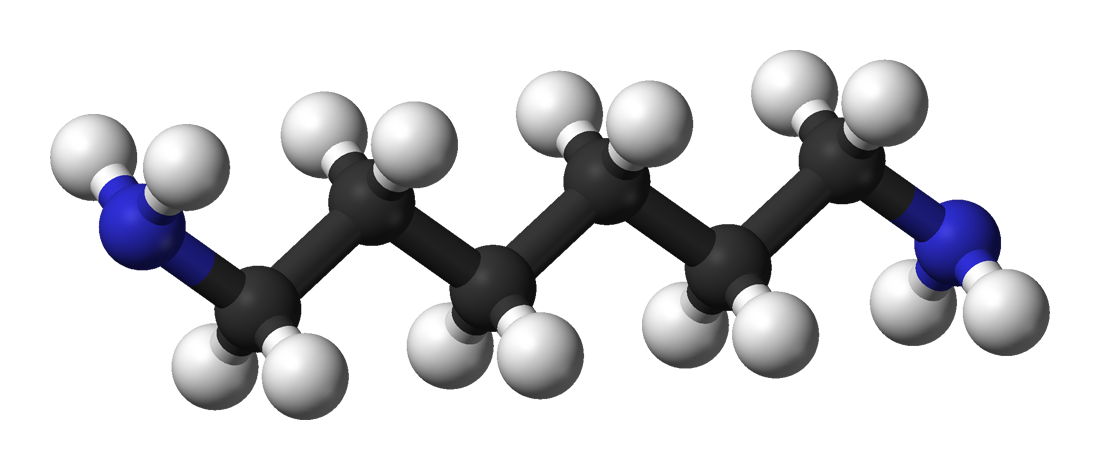methylene group on:
[Wikipedia]
[Google]
[Amazon]
 In
In
 The central carbon in 1,3-dicarbonyl compound is known as an activated methylene group. This is because, owing to the structure, the carbon is especially acidic and can easily be deprotonated to form a methylene group.
The central carbon in 1,3-dicarbonyl compound is known as an activated methylene group. This is because, owing to the structure, the carbon is especially acidic and can easily be deprotonated to form a methylene group.
 In
In organic chemistry
Organic chemistry is a subdiscipline within chemistry involving the science, scientific study of the structure, properties, and reactions of organic compounds and organic materials, i.e., matter in its various forms that contain carbon atoms.Clay ...
, a methylene group is any part of a molecule that consists of two hydrogen
Hydrogen is the chemical element with the symbol H and atomic number 1. Hydrogen is the lightest element. At standard conditions hydrogen is a gas of diatomic molecules having the formula . It is colorless, odorless, tasteless, non-toxic ...
atoms bound to a carbon
Carbon () is a chemical element with the symbol C and atomic number 6. It is nonmetallic and tetravalent—its atom making four electrons available to form covalent chemical bonds. It belongs to group 14 of the periodic table. Carbon makes ...
atom, which is connected to the remainder of the molecule by two single bonds. The group may be represented as , where the '<' denotes the two bonds. This can equally well be represented as .
This stands in contrast to a situation where the carbon atom is bound to the rest of the molecule by a double bond, which is preferably called a methylidene group, represented . Formerly the methylene name was used for both isomers. The name “ methylene bridge“ can be used for the single-bonded isomer, to emphatically exclude methylidene. The distinction is often important, because the double bond is chemically different from two single bonds.
The methylene group should be distinguished from the molecule called carbene. This was also formerly called methylene.
Activated methylene
See also
* Methylidene group * Carbene * Methylene (compound) * Methyl group * MethineReferences
Alkanediyl groups Functional groups {{organic-chem-stub